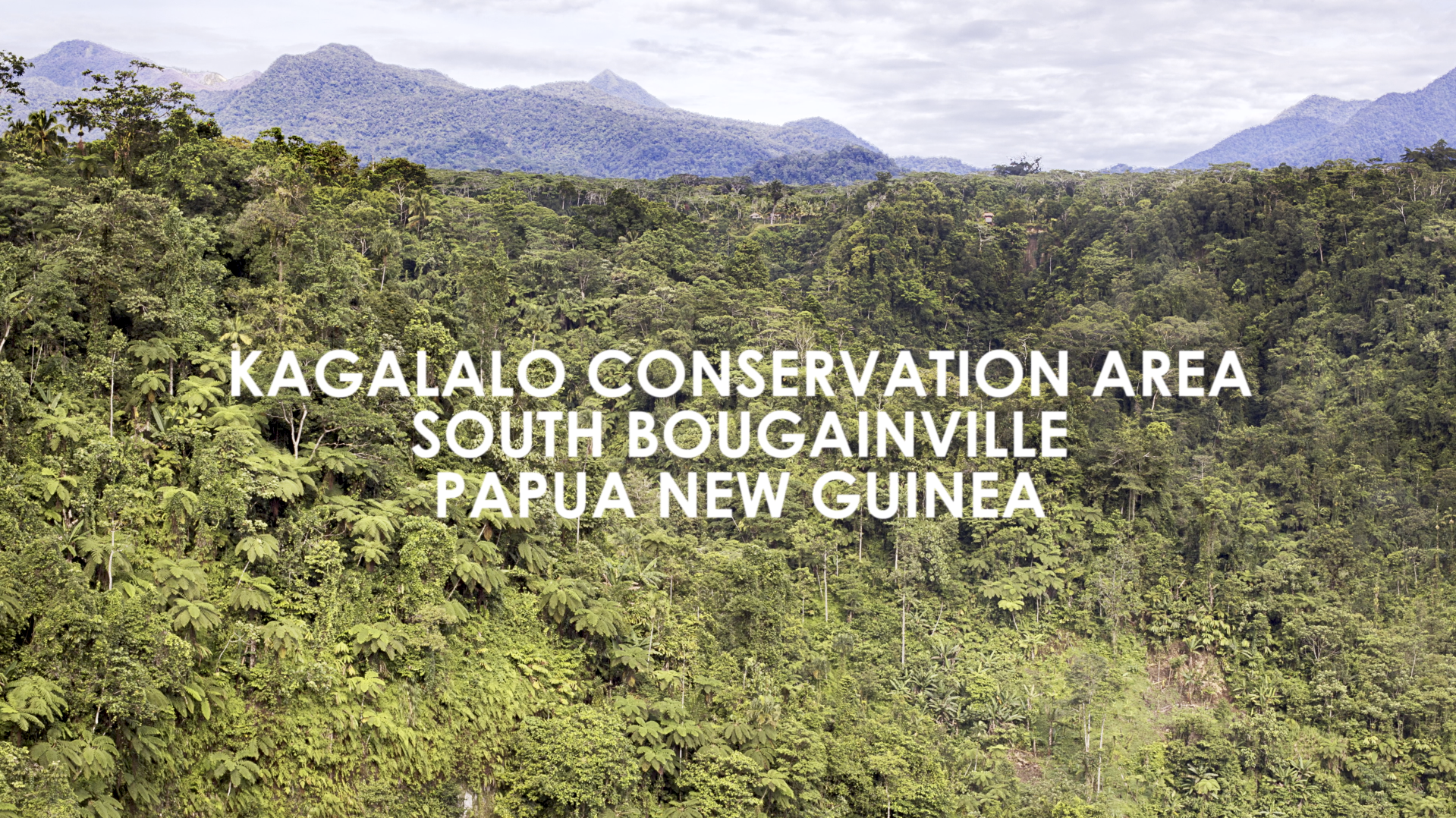Kagalalo, 2019, 5.07 minutes.
KAGALALO is showing as part of the United Nation's Human Rights Film Festival in Papua New Guinea in September and October 2019. It will be shown in Madang (Divine Word University), Lae (UNITECH), Goroka (UOG) and Port Moresby (POM Arts Theatre).
I was invited to make this film in alignment to Melanesian ways whereby husband, wife, family and community work together for a common purpose. The film was unscripted and the three questions were decided upon after some time in the community. In this approach, the film becomes a conduit for the local people to connect on their terms to a global audience.
FILM SYNOPSIS: In February 2019, The Kainake Project, a grassroots sustainable development organisation located in the Autonomous Region of Bougainville, travelled to South Bougainville. They asked the community at Kagalalo Conservation Area three questions relating to their aspirations and struggles with their locally run conservation project. Kagalalo in the local Telei language translates to ‘you get up, you work, and you’ll get it.’
The film aims to provide a platform for local voices to be heard by the global community. It reveals the need for a Melanesian approach to conservation, whereby community development must be integrated to empower and provide wanted benefits to the local people. The Kagalalo conservation project was initiated with the financial support of the Australian Museum and the Segre Foundation. While these organisations funded the project, they relinquished any form of control and allowed the community to direct their conservation efforts in ways that addressed community needs. Therefore, Kagalalo is about the community’s human rights to have a voice on how they want to see conservation work in their community context. It also highlights the need for integrating development with community-driven natural resources management. The human-rights to have a voice and make sound environmental decisions are becoming increasingly critical given the impending Climate Change challenges which are already displacing populations in parts of Bougainville.
